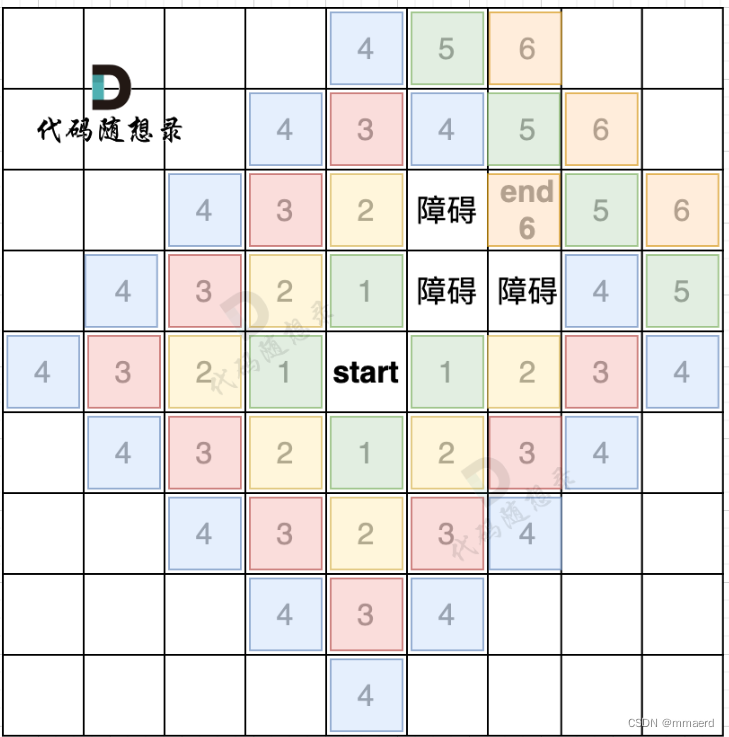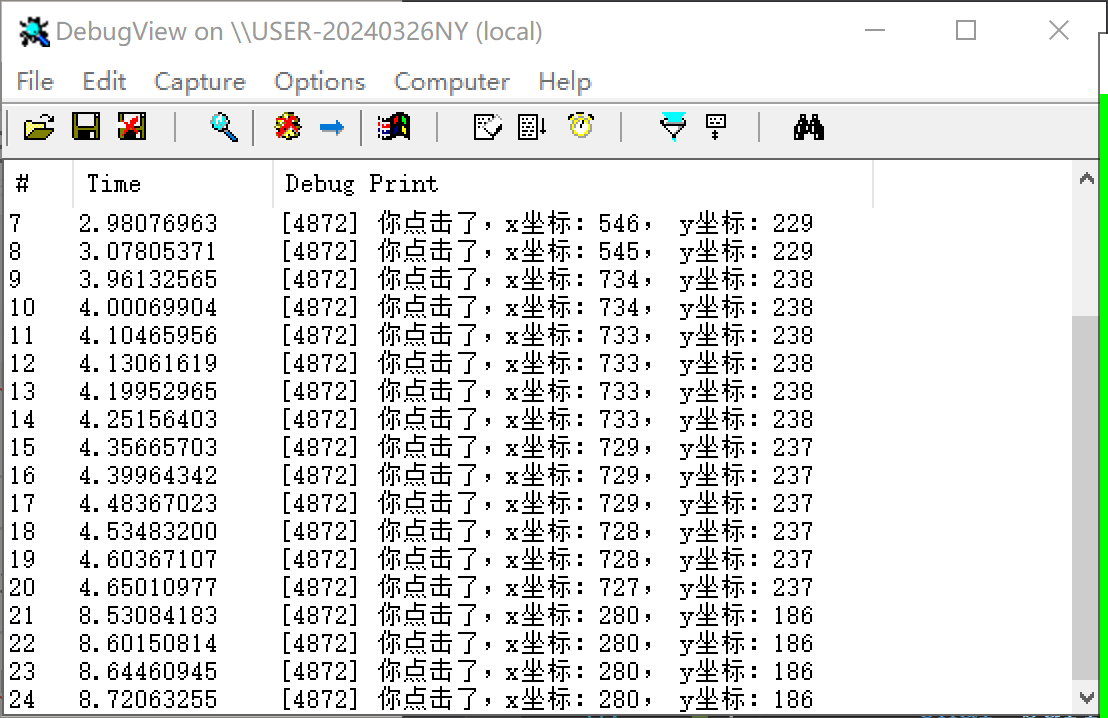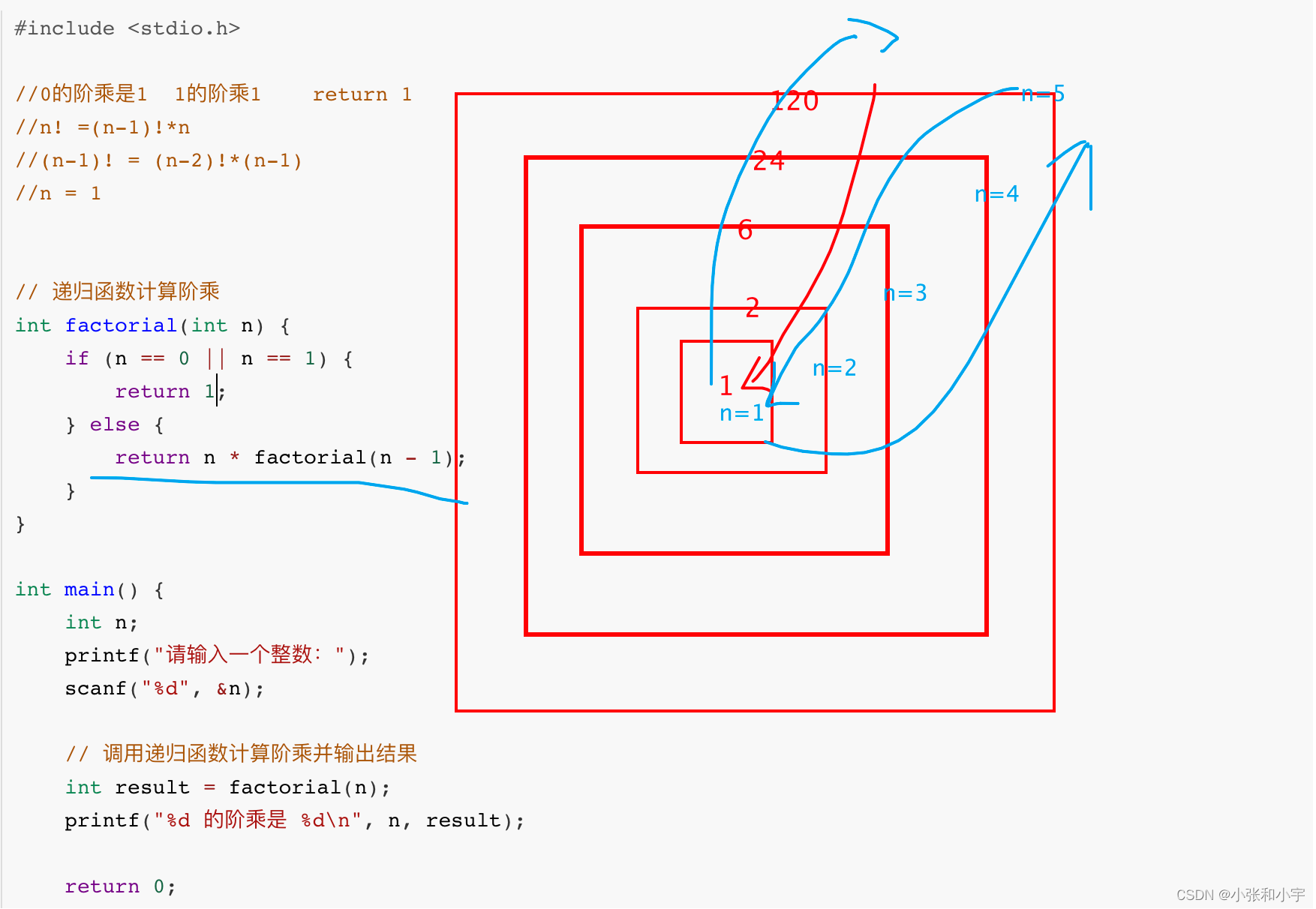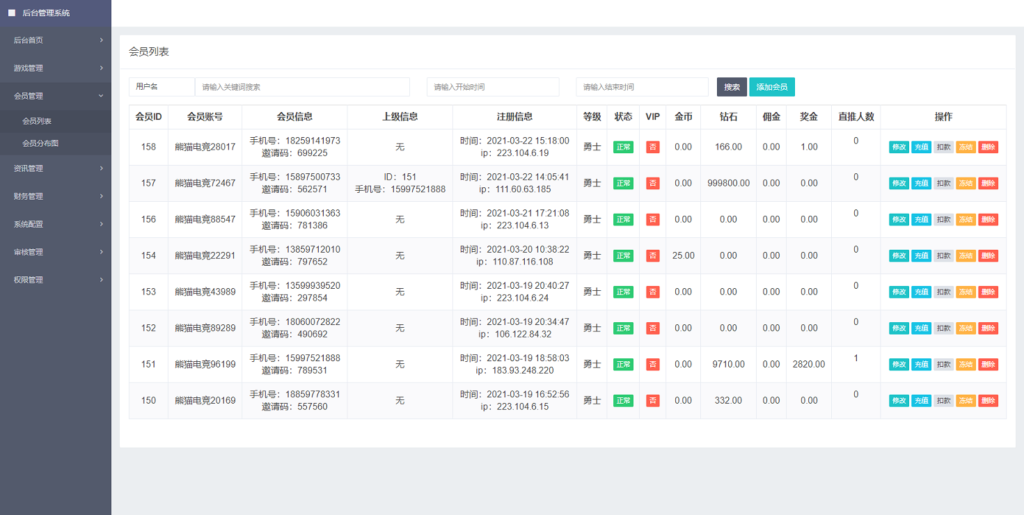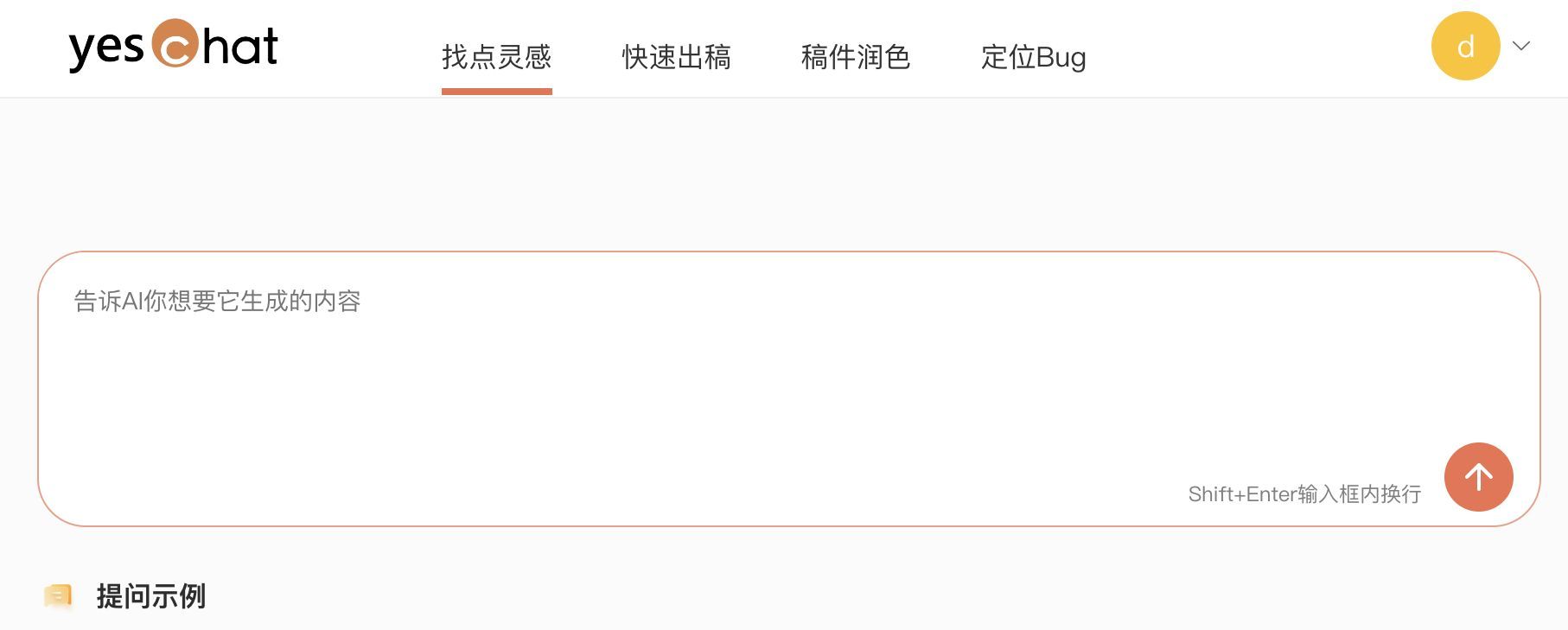文章目录
- 1. 循环队列的数组形式实现
- 2. 循环队列的链表实现
- 3. 循环双端队列的数组形式实现
- 4. 循环双端队列的链表实现
在力扣的题面如下

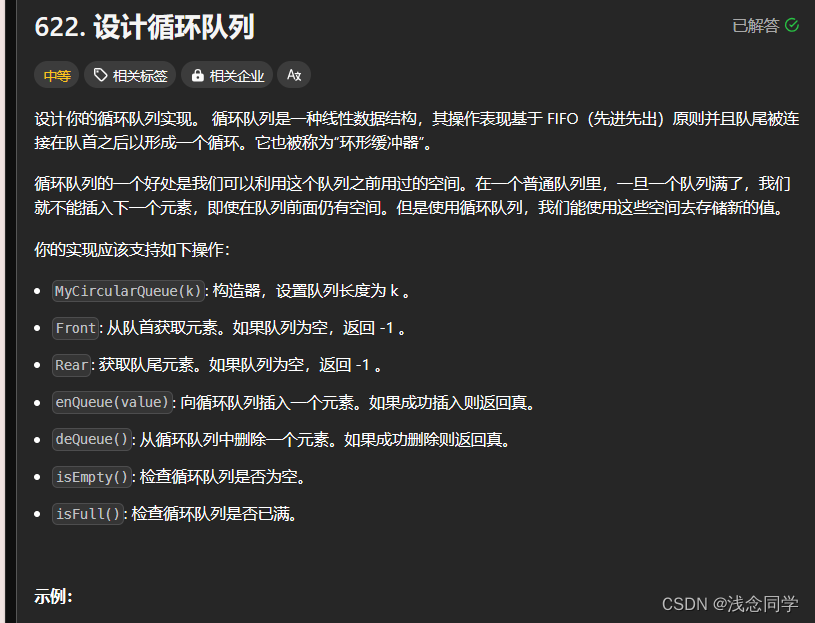
1. 循环队列的数组形式实现
其实循环队列的数组形式只有下面要注意的点,只要掌握了下面的这几点,代码层面上就没有什么问题了
用数组模拟的思路跟循环单向队列是完全一致的,要记住下面的几个点
- 1 . first 指向的是头元素的下标 , last 指向的是尾元素的下一个位置的下标
- 2 . 在申请数组空间的时候要多申请一个空间的目的是,讲判断空与判断满的条件区分开
-
判断空就是 first == last 判断满就是 "first的下一个" == last; - 3 . 在循环队列里面,如何++,如何–?
-
++ : (first + 1) % len ; (last + 1) % len; -
-- : (first - 1 + len) % len ; (last - 1 + len) % len - 4 . 元素的个数 size == (last - fist + len) % len;
下面是数组形式的实现代码
class MyCircularQueue {int[] elementData;int first;int last;public MyCircularQueue(int k) {elementData = new int[k + 1];}public boolean enQueue(int value) {if(isFull()){return false;}elementData[last] = value;last = (last + 1)% elementData.length;return true;}public boolean deQueue() {if(isEmpty()){return false;}first = (first + 1)%elementData.length;return true;}public int Front() {if(isEmpty()){return -1;}return elementData[first];}public int Rear() {if(isEmpty()){return -1;}int index = last == 0 ? elementData.length - 1 : last -1;return elementData[index];}public boolean isEmpty() {return last == first;}public boolean isFull() {return first == (last + 1) % elementData.length;}
}/*** Your MyCircularQueue object will be instantiated and called as such:* MyCircularQueue obj = new MyCircularQueue(k);* boolean param_1 = obj.enQueue(value);* boolean param_2 = obj.deQueue();* int param_3 = obj.Front();* int param_4 = obj.Rear();* boolean param_5 = obj.isEmpty();* boolean param_6 = obj.isFull();*/
2. 循环队列的链表实现
鉴于单链表的尾巴节点每次都要寻找,所以为了简便,我们采用双向链表进行模拟,注意,这里我们对于链表节点的定义就是我们LinkedList中的源码形式,有空可以去看看我们LinkedList的底层源码,这里其实就是多了个size来标记我们的链表节点数量
代码实现如下
/*** 尝试用双向链表来模拟循环队列*/
public class CircleQueue {/*** 下面是根据原代码模拟的定义的节点类* @param <T>*/static class Node<T> {public T item;public Node<T> prev;public Node<T> next;public Node (Node<T> prev,T item,Node<T> next) {this.prev = prev;this.item = item;this.next = next;}}/*** 下面是所需要的基本结构*/private Node first;private Node last;private int size;private int capacity;public CircleQueue(int k) {this.size = 0;first = last = null;capacity = k;}public boolean enQueue(int value) {if(isFull()){return false;}Node<Integer> node = new Node<>(null,value,null);if(first == null && last == null){first = node;last = node;}else{last.next = node;node.prev = last;last = node;}this.size++;return true;}public boolean deQueue() {if(isEmpty()){return false;}if(last == first){last = first = null;}else{first = first.next;first.prev.next = null;first.prev.item = null;}this.size--;return true;}public int Front() {if(isEmpty()){return -1;}return (int)first.item;}public int Rear() {if(isEmpty()){return -1;}return (int)last.item;}public boolean isEmpty() {return first == null && last == null;}public boolean isFull() {return this.size == this.capacity;}
}3. 循环双端队列的数组形式实现
用数组实现队列源码层面是我们的ArrayDeque这个类完成的,这里不再多说了,和我们的1.用数组实现循环队列是一致的
/*** 首先尝试是数组来模拟循环双端队列* 其次我们再用双向链表来尝试模拟一下循环双端队列* 用数组模拟的思路跟循环单向队列是完全一致的,要记住下面的几个点* 1 . first 指向的是头元素的下标 , last 指向的是尾元素的下一个位置的下标* 2 . 在申请数组空间的时候要多申请一个空间的目的是,讲判断空与判断满的条件区分开* 判断空就是 first == last 判断满就是 "first的下一个" == last;* 3 . 在循环队列里面,如何++,如何--?* ++ : (first + 1) % len ; (last + 1) % len;* -- : (first - 1 + len) % len ; (last - 1 + len) % len* 4 . size == (last - fist + len) % len;*/
class MyCircularDeque {int[] elementData;int first;int last;public MyCircularDeque(int k) {elementData = new int[k + 1];first = last = 0;}public boolean insertFront(int value) {if(isFull()){return false;}first = (first - 1 + elementData.length) % elementData.length;elementData[first] = value;return true;}public boolean insertLast(int value) {if(isFull()){return false;}elementData[last] = value;last = (last + 1) % elementData.length;return true;}public boolean deleteFront() {if(isEmpty()){return false;}first = (first + 1) % elementData.length;return true;}public boolean deleteLast() {if(isEmpty()){return false;}last = (last - 1 + elementData.length) % elementData.length;return true;}public int getFront() {if(isEmpty()){return -1;}return elementData[first];}public int getRear() {if(isEmpty()){return -1;}return elementData[(last - 1 + elementData.length) % elementData.length];}public boolean isEmpty() {return first == last;}public boolean isFull() {return (last + 1) % elementData.length == first;}
}4. 循环双端队列的链表实现
其实就是比2.多了一个addFirst,和 removeLast
代码实现如下
/*** 下面我们尝试使用双向链表来模拟我们的循环双端队列*/
class MyCircularDequeUseLinkedList {static class Node<T> {Node<T> prev;T item;Node<T> next;public Node(Node<T> prev,T item,Node<T> next){this.prev = prev;this.item = item;this.next = next;}}private int size;private int capacity;private Node first;private Node last;public MyCircularDequeUseLinkedList(int k) {this.size = 0;last = first = null;this.capacity = k;}public boolean insertFront(int value) {if(isFull()){return false;}Node<Integer> node = new Node<>(null,value,null);if(isEmpty()){first = last = node;}else{node.next = first;first.prev = node;first = node;}size++;return true;}public boolean insertLast(int value) {if(isFull()){return false;}Node<Integer> node = new Node<>(null,value,null);if(isEmpty()){first = last = node;}else{last.next = node;node.prev = last;last = node;}size++;return true;}public boolean deleteFront() {if(isEmpty()){return false;}if(first == last){last = first = null;}else{first = first.next;first.prev.next = null;first.prev.item = null;first.prev = null;}size--;return true;}public boolean deleteLast() {if(isEmpty()){return false;}if(last == first){first = last = null;}else{last = last.prev;last.next.prev = null;last.next.item = null;last.next = null;}size--;return true;}public int getFront() {if(isEmpty()){return -1;}return (int)first.item;}public int getRear() {if(isEmpty()){return -1;}return (int)last.item;}public boolean isEmpty() {return first == null && last == null;}public boolean isFull() {return this.size == this.capacity;}
}为什么不用单链表实现的原因其实是单链表每次想尾插都要走到最后一个位置,时间复杂度太高,有兴趣的话也可以自己模拟一下试试
